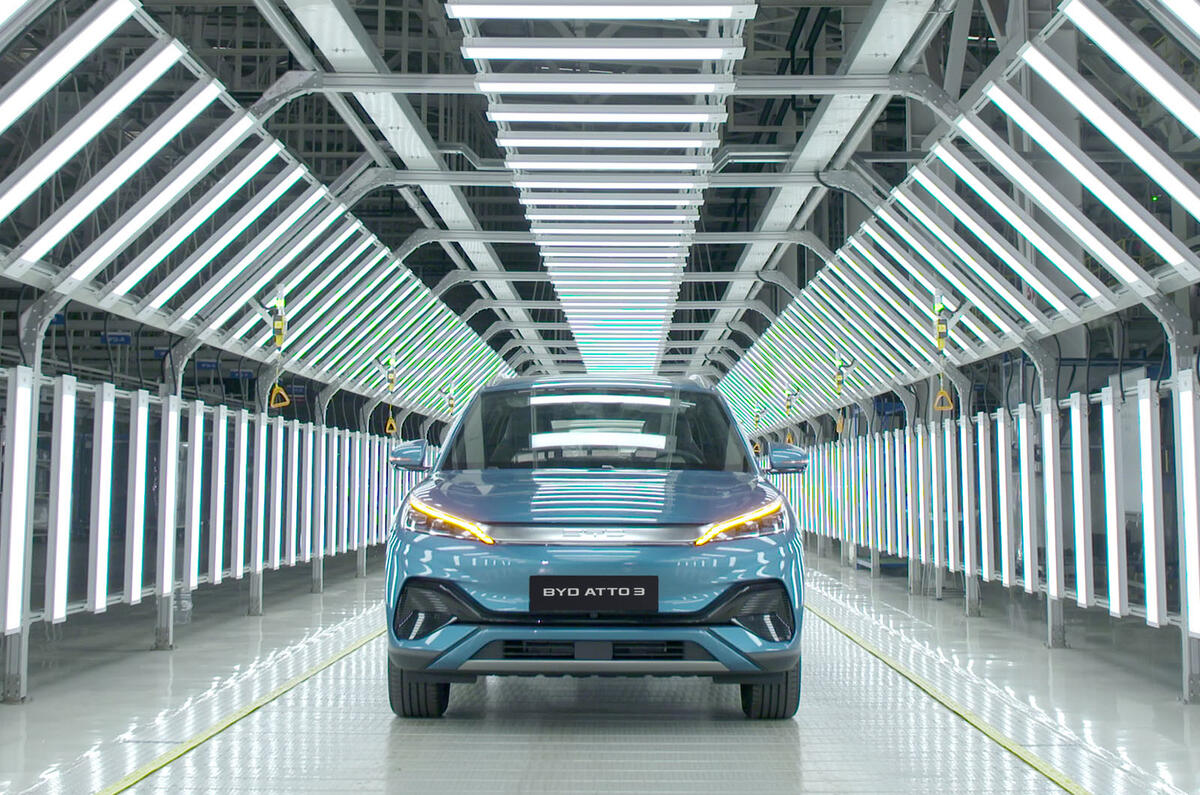The case for persuading Chinese car makers and suppliers to manufacture locally in Europe has mainly centred so far around the need to shore up jobs, but there’s another, perhaps more crucial aspect. They can help local players learn from a region that’s taken the lead in not just automotive innovation and electrification but also low-cost manufacturing.
“Knowledge comes on two feet,” Roland Busch, CEO of German automotive supplier and manufacturing specialist Siemens, told an audience at an event held on the sidelines of the Munich motor show in September.




Add your comment